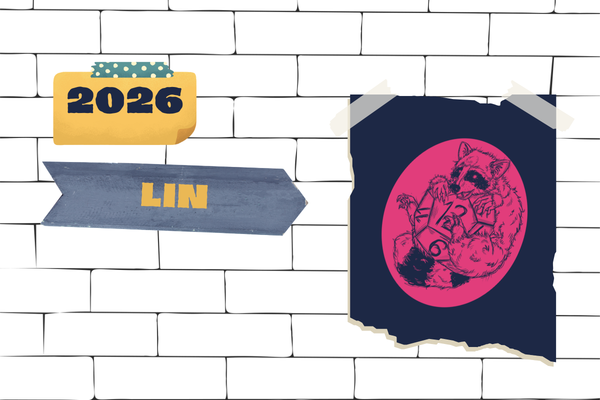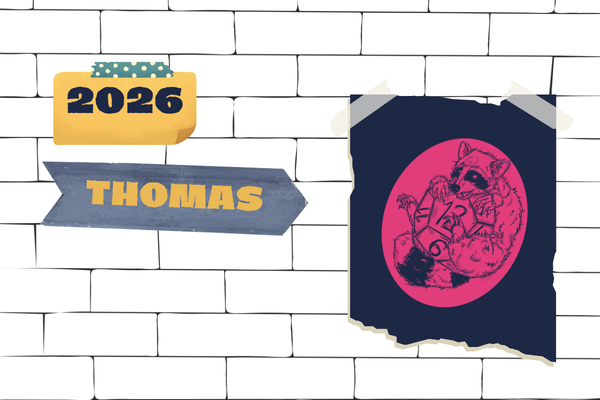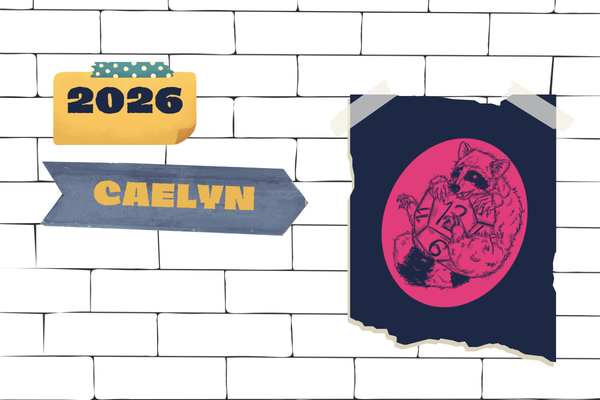Wizards of the Coast’s president remains a diehard video game executive
Hight guy for the job.

When industry-focused outlet The Game Business published their interview with Wizards of the Coast president John Hight during Summer Game Fest, my first thought was that I hadn’t heard him speak publicly about the company since he was hired in July of last year. My second thought was that I hadn’t heard him say a word about tabletop.
Hight replaced Cynthia Williams as head of the company responsible for both Dungeons & Dragons and Magic: The Gathering. As I wrote at the time, his appointment strengthens Hasbro’s digital-focused plans for the company — and all of its dominant brands. But since coming on board, Hight hadn’t appeared much in the public media. That is, until last June, when he and Giant Skull’s Stig Asmussen told The Game Business about the upcoming, unnamed D&D video game.
According to Asmussen, whose CV include the God of War series published under Sony Santa Monica (where he and Hight met) and Respawn’s Star Wars: Jedi games, Giant Skull was working on a technical demo when Hight visited the studio and pitched his one-time coworker the chance to adapt one of Hasbro’s brands into a big-budget video game. Asmussen said D&D’s legendary and mythical world “plays into our wheelhouse.” Hight assured interviewer Christopher Dring that the project will not be Baldur’s Gate 4 — that’s further into the future.
Watching the interview, you might mistake Hight for a video game publisher if not for the WotC-branded ballcap he wore. He feels comfortable talking about the development of a digital project, from buzzword-stuffed descriptions of leadership’s vision and the use of Unreal Engine 5 to his delight at sampling Giant Skull’s “fairly simple playground”, which he apparently couldn’t put down. You can take the man out of video games — Hight came to WotC from a 12-year career at Blizzard Entertainment — but you can’t remove the hype engine from his on-mic performance.
Compared to such enthusiasm, Hight’s mentions of tabletop RPGs were thin on the ground and deployed as flavor. He understands D&D as a framework for other entertainment, a Beholder-shaped Jello mold into which you pour ingredients such as an action RPG video game. People will buy the results because it resembles the brand. At the same event, he told Polygon that any D&D video game will necessarily combat the imaginations of players and dungeon masters — the incarnations of owlbears and gelatinous cubes we conjure at the kitchen table (he served the same line to The Game Business). Any talk of sandboxes and open interpretation is undercut by a reliance on recognizable iconography, whether that’s Astarion and Karlach, or a charismatic tiefling with a lute.





